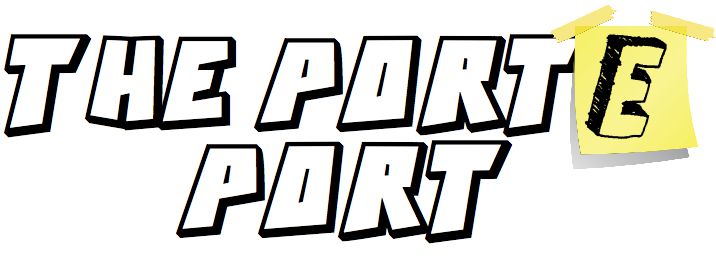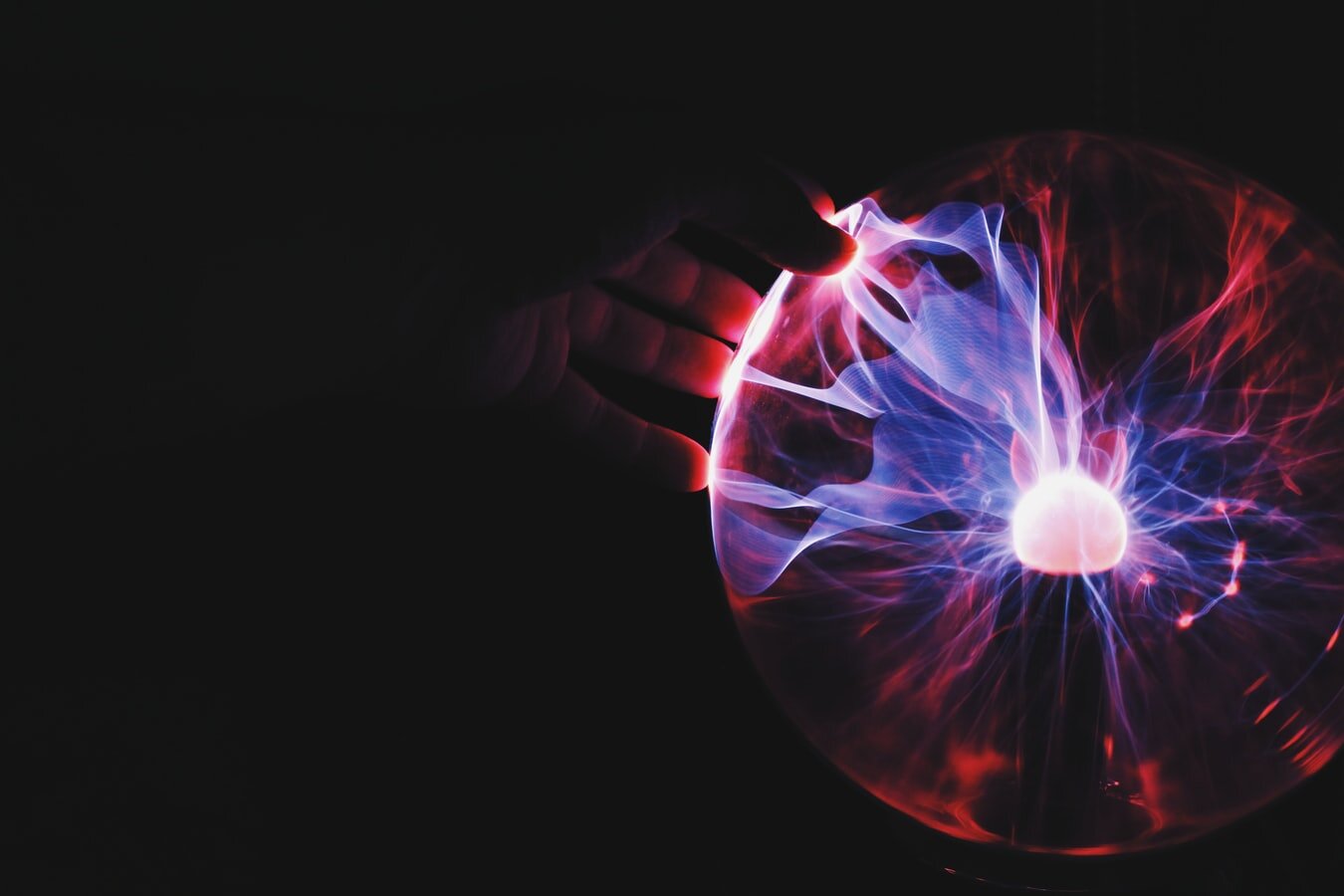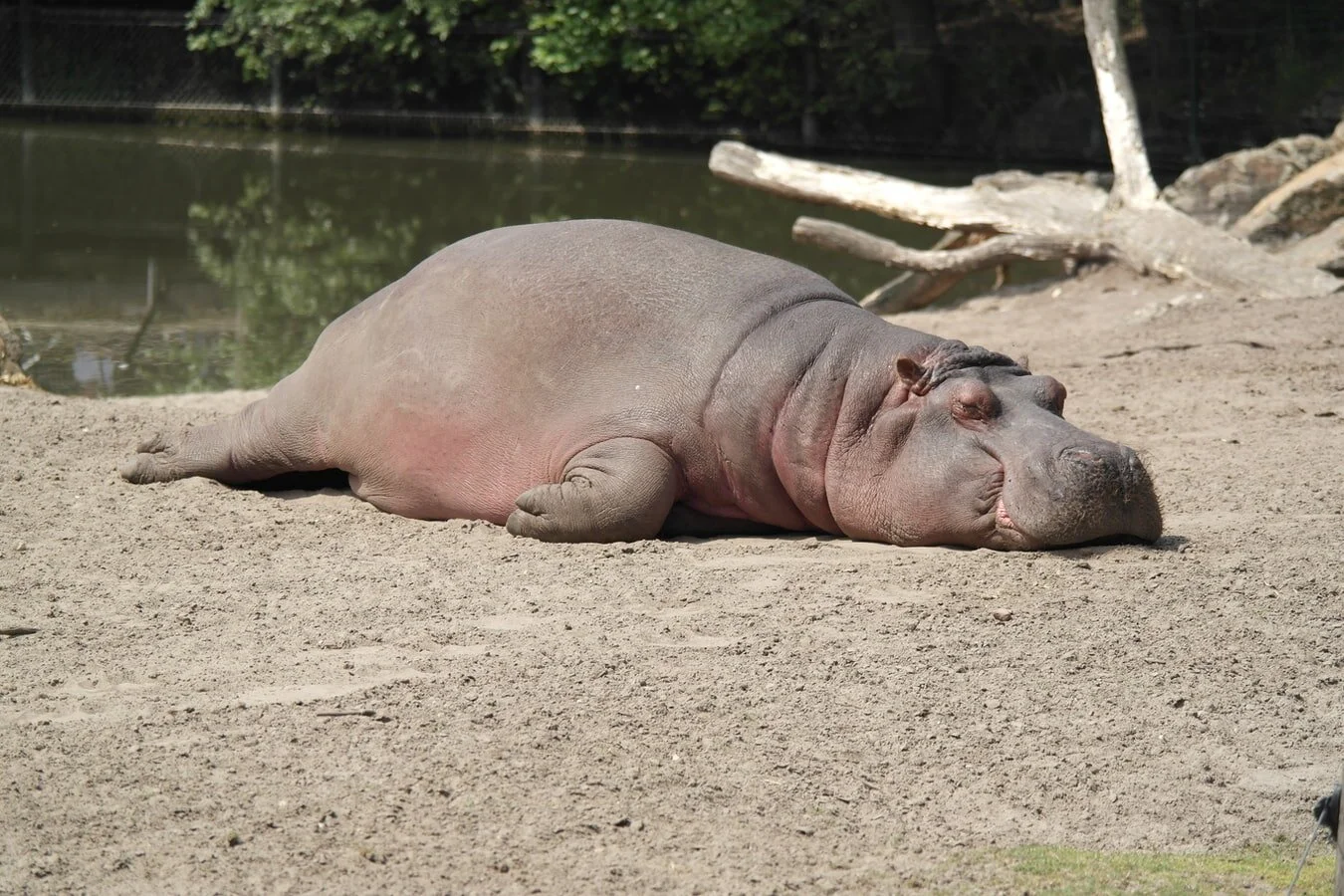Stranger Things 3: How to Develop a Central Conflict
Who knew a bunch of kids, sitting around a table, playing DnD would be the start of something so popular?
No, not The Adventure Zone.
Or Critical Role.
Glass Cannon? Not that either.
Ok, maybe DnD is a better way to grab attention than I'm giving credit here. I mean, I used it to open, after all.
Mix that with Eggos, Tolkien references, the entire 80's, and a girl who can crush Coke cans with dat side-eye, and you have Stranger Things.
Oh, and that theme song. Pfft, do I want to skip the intro Netflix? Are you kidding me?
Stranger Things and Storytelling
Season three has some excellent writing advice that we are going to dive into pretty deep. I hope you stick it out with me as we examine the significant plot threads and see how they all lead to one, climactic moment. Also, there will be some theory ruminations about the end of the season as a reward for making it through this detailed post.
Also, I'm terrible at letting things slip, so I'll warn you now:
SPOILERS AHEAD
(And you are going to get pretty lost if you haven't watched the season three anyway).
The spoiler police. Nuff said.
Season one came out of the gate strong with mysterious intrigue, a pretty terrifying monster (especially when someone is sitting on a diving board), and very human moments like a mother, Joyce (Winona Ryder), desperately searching for her missing son.
She, in particular, drives the plot with what would seem like insane conspiracy theories of the fragile mind of a grieving mother. But it's all true, making us as an audience appreciate what she's going through, yet understand why no one believes her at the same time.
It's hard to follow up on that kind of success, and season two struggled.
Maybe it was merely the fact that the monsters were less scary versions of the first one. Things were more abstract too, with the introduction of the Mind Flayer. Maybe it was the X-men/Jedi training stuff that was too silly (somehow). Or even character development that never went as deep as season one.
I would say it was mostly because of one thing, though: plotting.
The plots didn't cross enough like they did in season one. They revolved around different things and the central conflict kind of just puttered along.
Eleven's story especially went on a tangent and didn't connect in a meaningful way to the central conflict like it did in season one. I mean, there's a reason we don't see any of the wanna-be X-Men characters in the newest season.
And, of course, this is all subjective considering it's art and all. The internet wouldn't exist if we couldn't disagree about stories.
It all goes back to what we have talked about in Tolkien Tuesdays here on the blog. Two things: everything needs to lead up to a central conflict point, and it's about the journey, not the destination.
Now, those two things seem like they contradict each other, but rather they are complementary colors.
The journey needs to be an intriguing weave of plot that all leads to one climactic conflict that every storyline was revolving around in some way.
Let's take a look at Stranger Things season three to see how it's done because they get back on the right course this time.
Billy and the Moist Monster
God, look at it. It’s shining it’s so juicy!
I swear, in season three everyone was either sweaty, just came out of the pool, or was a juicy monster. The moistest season of all time.
The plot really gets going when Billy (Dacre Montgomery), the asshole Power Ranger, gets taken by the fleshy rat parts monster. We, as an audience, get to see that this monster is slowly taking people over, growing into a bigger version of itself, and weaving some kind of plan that the season plays out for us.
This monster is the central conflict. Everything flows off of its existence, and all other plots revolve around it. That keeps things tight and easier for us to follow.
It's also introduced early. There is no doubt that this thing is going to be a problem, and even in its abstract early stages, we have one goal in mind as we watch: this thing has got to go. And sooner rather than later because it's gross as hell.
Side note: bravo to the writers for taking Billy from a piece of crap I couldn't wait to have killed to an actual character that had empathetic roots. I mean, I still kinda hate him because, wow, he was a dick, but like Guardians of the Galaxy taught us, no one is 100% a dick.
Nancy Drew and the Literal Fight Against the Patriarchy
When the first rat explodes in the season…and all the other ones, for that matter.
Your central conflict should have a way of spilling over into your character's lives. This makes sense considering you want to tell a story. If the conflict wasn't much of a problem, then no story.
Nance (Natalia Dyer) and Jonathan (Charlie Heaton) both work at the local newspaper where Nance has the unfortunate job of getting coffee for a bunch of greasy white guys who laugh around a table while she does the actual work. Again, so moist season three!
Her investigation leads her to some creepy as hell revelations as some rats seem to be acting weird.
We already know the rats are being attracted by the Mind Flayer and are supplying the body of the moist fleshy thing of a monster.
This becomes something more serious when the old woman that Nance initially gets the scoop from starts acting just as weird as the rats.
So we begin to worry that humans are going to start supplying more of the material for this monster.
Well, no worries...they absolutely do, as we find out. The other stories set the stage of Nance's boss becoming involved, she doesn't know until it's too late, but because the writers focused on the main conflict, we have already seen that happen.
The characterization from working at this newspaper, following up on a lead, and pushing through when no one supports her, makes Nance reveal more of the central conflict (all while building her character).
That's the key: multi-task in your storytelling.
Joyce and Magnetic Personalities.
When the first rat…wait I made that joke already.
Jim Hopper (David Harbour) runs into a problem that most dads end up dealing with. His daughter gets a boyfriend. And he's kind of a little prick.
Not only do we get to see a lot of things develop for his character (over-protection based on trauma from the death of his actual daughter, a complicated relationship with Joyce, and his own struggle to deal with the insanity of the last two seasons), but this one little plot point drives him towards the central conflict.
He wants advice on how to deal with this boy, that is now nearly as tall as he is, and draws closer to Joyce because of it. Joyce, as usual, has her own concerns. The writers utilize what we already know about her and dive right in. Her crazy theory spinning returns as she investigates something as small as magnets losing their magnetism.
Ultimately, this leads the pair into a storyline involving Russians and machines that open portals to the upside-down. Again, everything has to revolve around the central conflict.
The Russians are responsible for giving the Mind Flayer a foot in the door back into the real world. The cause of our rat exploding friend is a facility under the ground somewhere. Two seemingly unlinked plot threads are now telling us that there will be a pay off that all gets brought together later.
Mad Max and Fury Road
Jeni’s?
Eleven (Millie Bobby Brown) and Max (Sadie Sink) finally start to realize that hanging out with boys is just the absolute worst. They smell, make noises they shouldn't, and care only for themselves.
Once Hopper gets rid of his daughter's boyfriend, Eleven realizes that she actually enjoys being out in the world, living life for her own. One plot point leading to another character's arc.
It's a fun storyline that involves her and Max using her psychic powers the way kids totally would use them. They play little pranks and spy on people. I mean, it's about time that her powers were used for something other than throwing monsters through walls. (We will get that too, of course). But what kid wouldn't use them for fun ways to burn through a boring afternoon?
Again, the threads intertwine.
Eleven sees Billy doing something not so great in her mind search, which isn't too out of the ordinary. But it seems like he can see her and chooses not to be seen by her. Just enough intrigue to get them involved with the central plot.
We get to see more in-depth how the monster controls people and get to see the start of other characters getting taken by the Mind Flayer.
Remember Nance's boss? The plots start to overlap again. The newspaper jerks are in danger too, and while we don't feel sorry for them, the strange behavior of Billy with them is enough to send a shiver down our spines. (Want to have a jerk of a character be really creepy? Have them act extraordinarily nice).
The boys get involved here too because they are trying to get Eleven and Max back on their team (and one just wants to play DnD, and I get that on a spiritual level).
This then leads to the byproduct of abandoning Dustin (Gaten Matarazzo).
Steve Harrington and How Not to Read Signals
The least intimidating gang of all time.
Dustin looks to spend his free time with pal Steve Harrington (Joe Keery) since his other friends are too concerned with their girlfriends to get caught up in his fun.
With the help of much more capable Robin (Maya Hawke) a fun side adventure of decoding supposed Russian spy signals turns into actually decoding Russian spy signals.
Here, the development of characterization between Robin and Steve flows well with the advancement of the central plot point. Truth is discovered about themselves and what is going on in Hawkins. And all of it is somehow fun, even when they get captured by Russians and Steve is beaten to a pulp (again).
We get to see the inside of the Russian storyline that we have seen glimpses of, connecting more characters with each other, and driving the central conflict even more. This drives home just how dangerous the Russians are, and when they begin to hunt down Hopper and Joyce in their storylines, we feel more tension because of what is established here.
Plus, we get Back to the Future references which are always a good thing. (Which may be more of a clue than a reference, but we will circle back to that).
Putting it All Together (in a Mall)
Your face if you made it this far!
All of this is a really long-winded way of describing how each storyline revolved around this one monster. All roads led to the battle at the mall. Every breadcrumb had a purpose, and the character development for all of them smash into one another like cars getting thrown with someone's mind.
It's the perfect example of how storylines need to revolve around one point. If we were writing this, we might even start with this moment. How do we get everyone at the mall at the same time? What investment does each of the characters have here? What are the stakes?
Then we work backward. That's how you end up with a plot development that guides your audience through a story involving Billy's background, a funhouse brawl, a squishy monster in a hospital, and a Slurpee obsessed Russian scientist.
Behold! The face of the enemy!
It sounds crazy when you say each plot point out loud. How could they possibly all connect? That's the beauty of working with just one central conflict. Keeping that in mind for every twist and turn makes the journey feel focused. No random storyline that gets caught in the breeze just because it seems cool.
Sure, season 2 Eleven got some cool training scenes to hone her powers. That idea alone has merit, and I totally get why a writer would think, "let's throw this in." Where it falls short is the meaning to the central conflict.
Now, you could argue she gets stronger, and that's the whole point. There's a lot of tangents in that storyline though. She has some cryptic stuff with her mom, a strange maybe vision of the evil Papa figure from season 1, and a lot of character development with characters we probably won't see again. That's a thread left hanging and your overall story suffers because of it.
You don't want your coolest character to have nothing to do with the conflict until the absolute end. (And have her be there out of luck).
Keep things focused on the goal while making sure the journey is something that keeps people engaged. Each storyline should slowly reveal more about the big picture.
A little mystery plays well too.
Is Hopper dead? A question the resolution of the central conflict asks. The characters sure seem to think so, and the tone points in that direction. (Oof that letter hits right in the feels).
Remember Back to the Future, though? At the end of Back to the Future 2, Doc gets struck by lightning in the DeLorean and Marty thinks he's dead. Turns out though, that he was just randomly zapped off to another period of time.
Hopper seems to have been consumed by the lightning-like explosion of the laser cutting into the upside-down. But is Back to the Future a hint of what actually happened? Zapped off to Russia, maybe?
With the central conflict in mind, not only do you have concise storytelling, but you can set up the next story as well.
Write your payoff first so that your own seemingly strange plots all have purpose.
The Geeky Advice to Help You Write Better Stories
If you thought this was helpful, sign up for my newsletter below that is packed with even more geeky writing advice. Write like a geek and tell better tales!
















